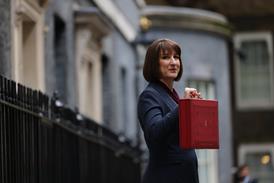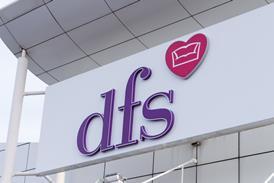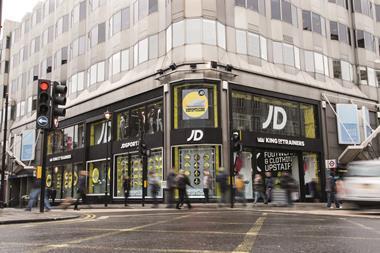The link between business rates and rents is likely to have been permanently severed, showing how out of touch the ratings regime has become.
If the rise in rates continues on the same trajectory, even a revaluation would not mend the link, according to a report on business rates from the British Retail Consortium (BRC).
Rates are partly based on the rentable value of a commercial property, which has on average declined since the onset of the recession.
Despite market retail rents falling 8% between 2008 and 2012, rates paid by the retail sector have surged 27%, rising from £5.5bn to £7bn in the same period.
The Government controversially postponed the planned 2015 rates revaluation to 2017, meaning that retailers will continue to pay rates based on pre-recession rents for a further two years.
BRC chairman and Kingfisher group chief executive Ian Cheshire was expected to address business rates in his speech at the BRC’s Annual Retail Industry Dinner last night.
Cheshire told Retail Week: “The current business rates system is no longer fit for purpose, requiring a long-term sustainable alternative. But there isn’t a simple fix that fits into current fiscal policy and takes into account the changing nature of retailing and how consumers choose to buy.
“We are supporting the work being done across the industry and through media campaigns such as those we have seen in The Sunday Times and Retail Week, to develop alternatives. This involves taking an end to end view of Government’s tax receipts from business and supporting a 2% cap for next year.
“This will be of enormous benefit to BRC members and will allow retailers to continue creating jobs and to be the engine of growth that our economy needs.”
Retailers have been urging the Government to rethink its approach to business rates. Onerous increases have put pressure on retailers’ ability to invest and create jobs.
Retailers have had to pay out more than £500m in additional business rates charges over the past three years.
Store groups pay 29% of the overall business rates bill, despite accounting for 21% of rateable property.




























8 Readers' comments